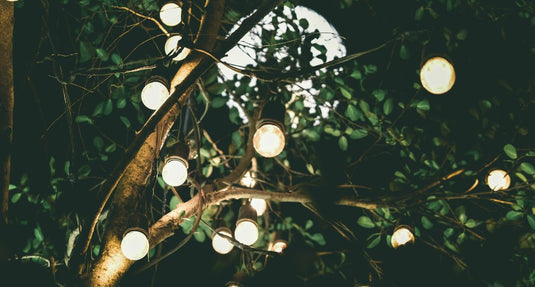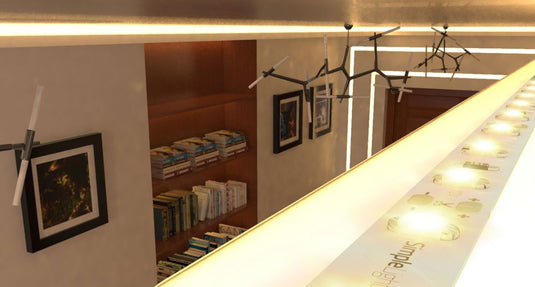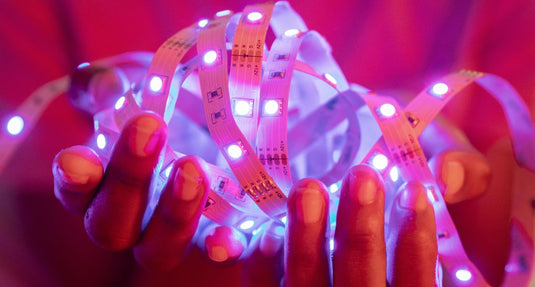Lighting is the highest consumer of electricity worldwide. However, it will be challenging to remove it from the equation altogether because it's a necessity. Fortunately, there's a way to use lighting without causing extreme environmental damage.
LED lighting is the most sustainable form of artificial lighting. From its usage to replacement and disposal, it has an eco-friendlier approach than traditional lighting. With the global shift towards energy-efficient solutions, you should consider your options and discover ways to change your current system.
Why is LED Lighting Environmentally Friendly
What facts about LED lighting support its eco-friendly claim?
Energy Efficiency
One reason LED lighting is beneficial to the environment is its energy efficiency. LEDs can effectively convert a significant portion of the electricity it consumes into light, with a minimal portion becoming waste. Because of this high conversion rate, LED lighting doesn't need much power to produce exceptional luminance.
With the remarkable reduction in electrical consumption, LED lights can reduce your carbon footprint substantially!
Longer Lifespan
How long do traditional light bulbs last? An incandescent bulb lasts 1,000 hours, and a CFL bulb lasts 10,000 – 15,000 hours. While a CFL bulb has a lengthier lifespan, it's still less than that of an LED bulb. A single LED light bulb can live for about 50,000 hours, with some brands extending to 100,000 hours!
Because of its longevity, you don’t have to replace LED lights often, reducing waste transferred to landfills.
Reduced Carbon Emission
As mentioned, LED lighting uses less energy, reducing one's carbon footprint. With less power required, less fossil fuel is burned. Imagine if not only your home but the entire world, including factories, warehouses, and massive facilities that rely on fossil fuel, switched to LED lighting!
How LED Technology Minimises Waste and Pollution
Waste and pollution are detrimental to the environment if left unchecked. Therefore, everyone should be aware of ways to contribute to lessening them. One way is switching to LED lighting!
No Hazardous Materials
Fluorescent and CFL bulbs contain toxic substances like mercury, which are dangerous to humans and the environment. If they leak, they can contaminate land and water, potentially poisoning wildlife and plants that come into contact with them! LED lighting doesn't contain toxic chemicals, so it is safe to dispose of.

Recyclability
LED fittings are highly recyclable. You can upcycle them into something practical, or if you don't have the time to DIY, you can gather your old bulbs and bring them to recycling centres. Because you can extend the usefulness of LED lighting, it helps reduce landfill waste.
Role of LEDs in Reducing Light Pollution
Light pollution can negatively affect the ecosystem, confusing wildlife. It is also unnecessary energy waste. LED lighting is engineered to produce directional light. Its illumination is pointed to the areas where it's needed, reducing glare and light spill.
Conclusion: Lighting the Future with LED Technology
Protecting the environment should be on everyone’s agenda. One way to contribute is by switching to LED lighting. LEDs are a sustainable light source that is energy-efficient and long-lasting. They are also recyclable, don’t contain toxic chemicals, and can help reduce light pollution.
Are you ready to do your part? If so, visit our website, LED Supplier! Our extensive selection of bathroom, kitchen, outdoor, and commercial lighting solutions can help you create an eco-friendly lighting system!




